Why is STEM Learning Important in the World?
STEM Sport
JUNE 9, 2022
STEM Education entails four (4) disciplines: Science, Technology, Engineering, Mathematics. While these aspects are generally practicum-centric in the majority of schools in the public and private sectors, it’s the hand-ons and/or exploratory and experimental approach that needs to be central for pedagogical effectiveness.


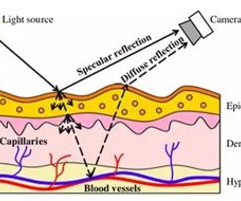
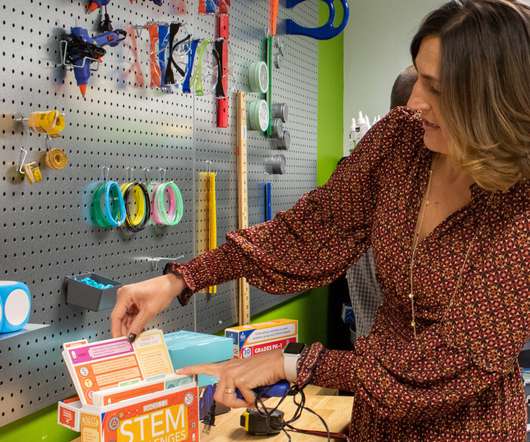
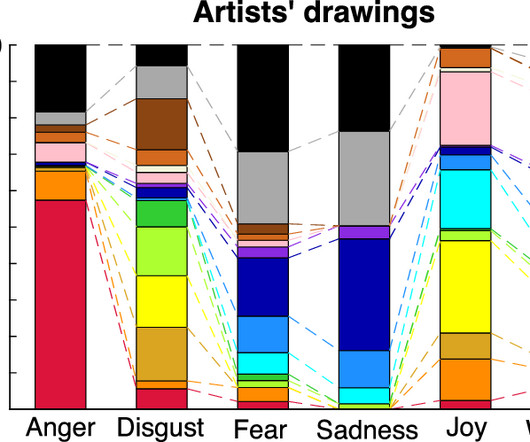
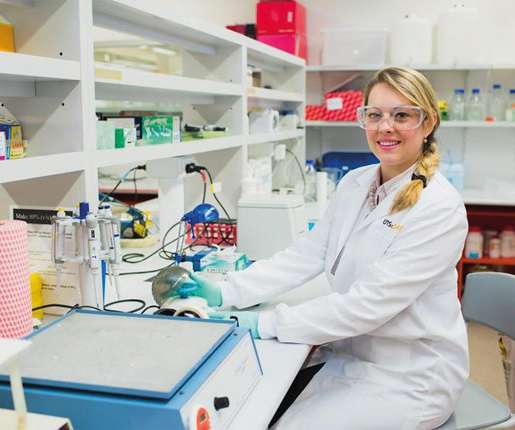


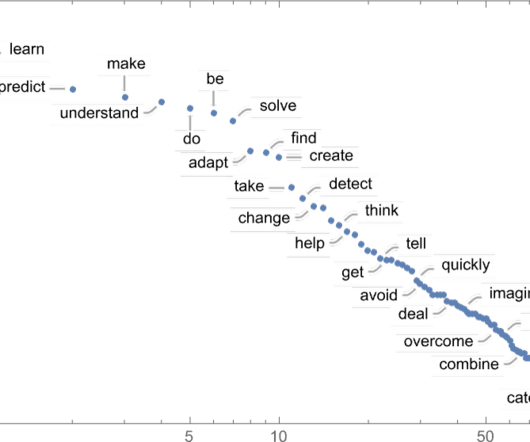
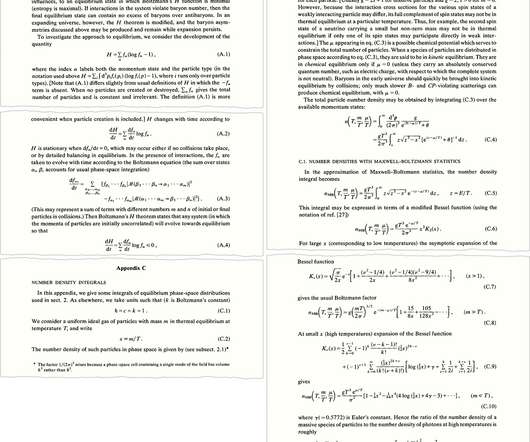






Let's personalize your content